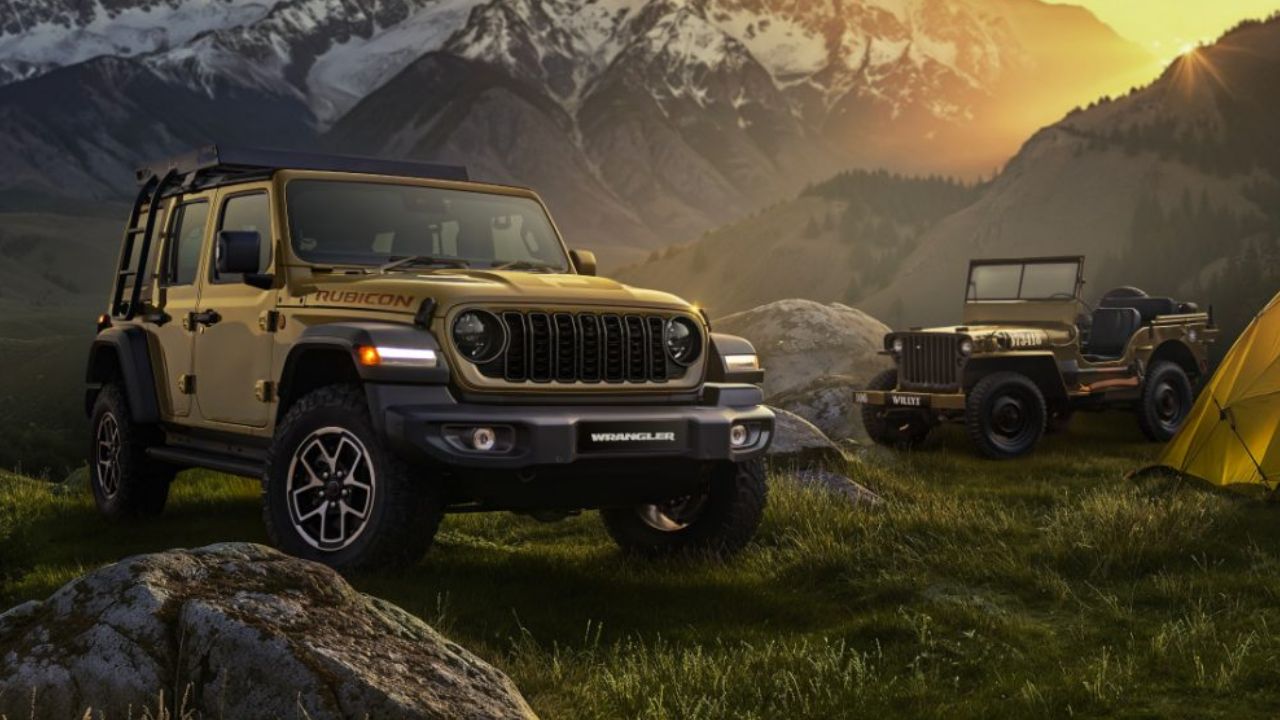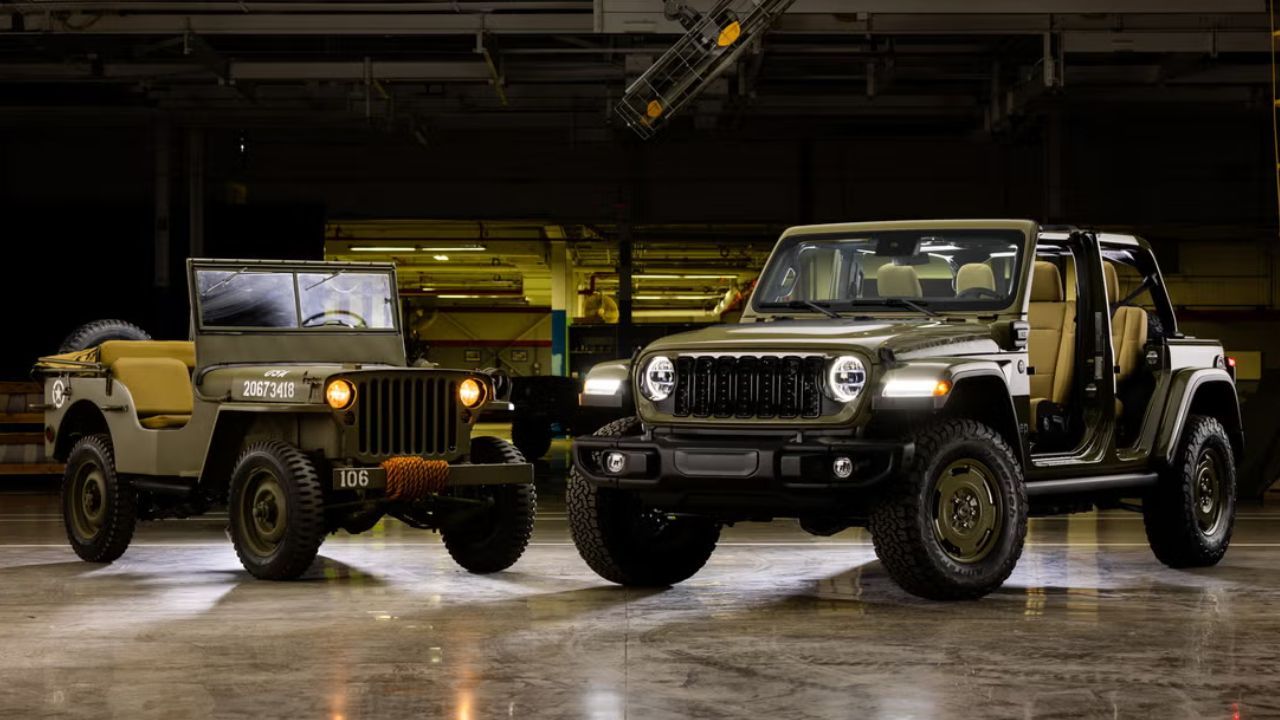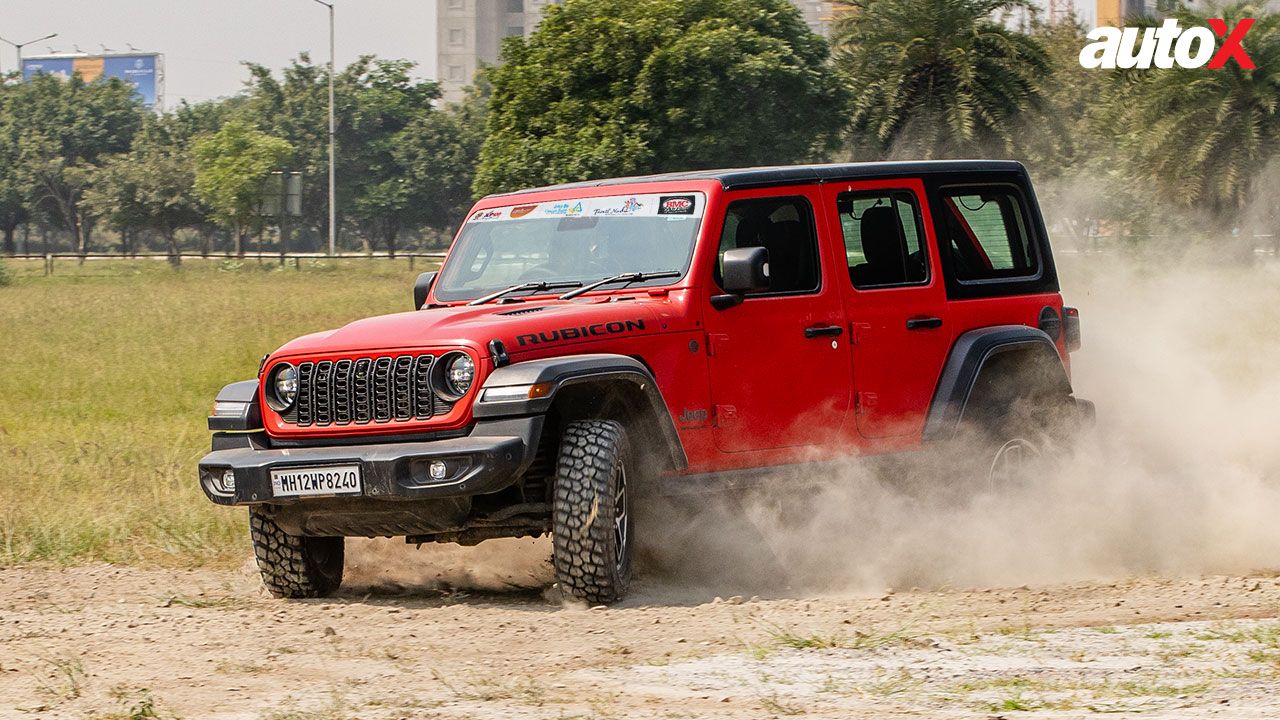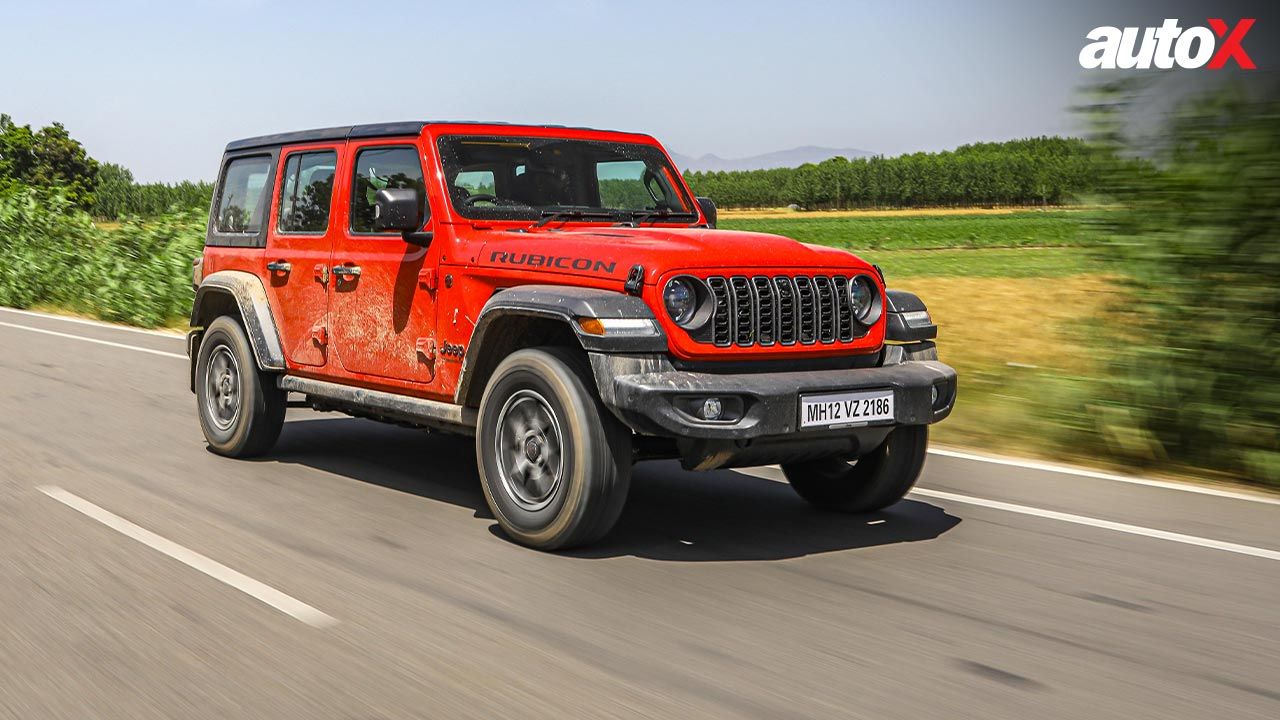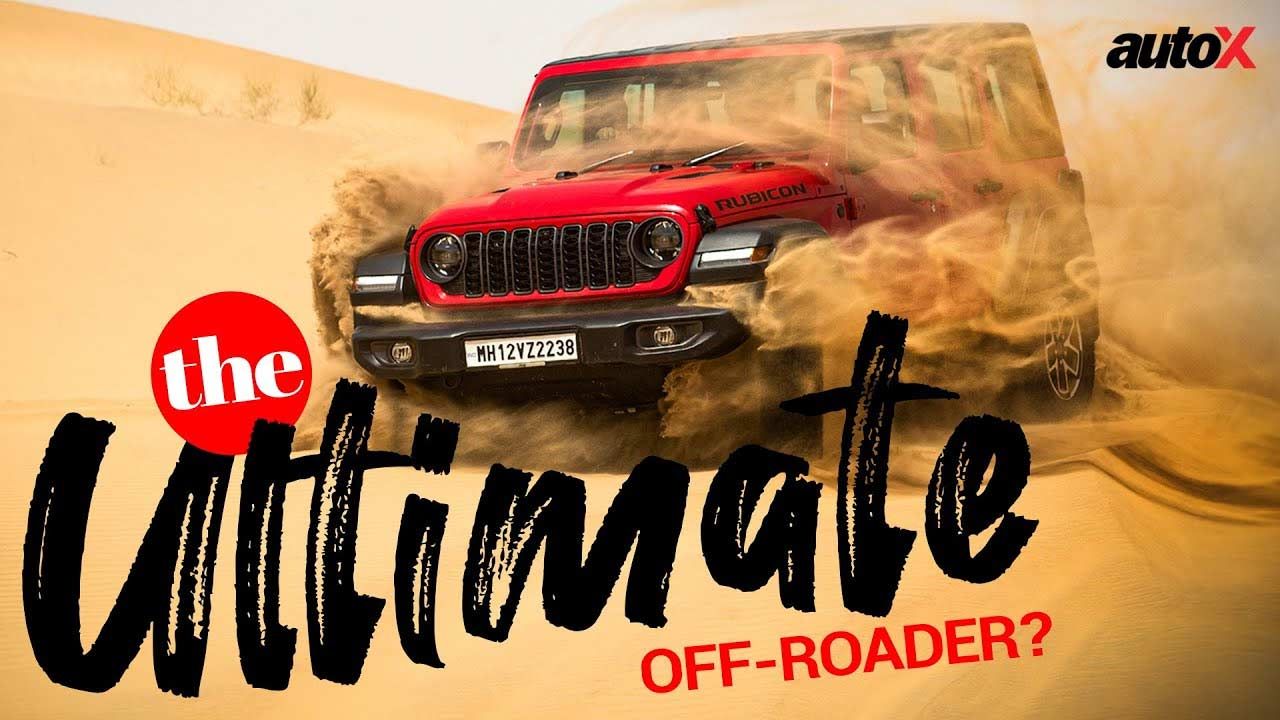JEEPING INTO INDIA
What roles are India and China playing in the development of the B and C SUV’s announced by Jeep and slated for launch in India in 2015 and
By Team autoX

What roles are India and China playing in the development of the B and C SUV’s announced by Jeep and slated for launch in India in 2015 and 2016?
Work on the products is progressing well. It’s in line with our new vehicle development program. Obviously we are focusing on one, and not both of them at once. Once we get the first product moving, we will begin work on the second one, as we did with the Cherokee.During the development of the Cherokee, in the early stages we went out to our key markets, for instance we did customer clinics in China, clinics in Europe, as well as in the US so that we can collect the influences required for a global vehicle.
The B SUV, we will clinic it again in China, we have done it in fact. It will also have an input from our team in India to make sure that from a packaging perspective it’s appropriate for the marketplace. I think that’s something that we have done increasingly even with the Grand Cherokee. We did quite a bit of work with Grand Cherokee to make sure it’s relevant for the key markets its going to sell in.
As you know, in terms of B segment vehicles in China that segment is large and growing strongly, and in India too,it is a very important segment.It would be B plus for us, so the influence of those markets in the development of that product is important. Now will it change the overall styling of the product, maybe it will, but in minor ways, in the same way we would for example change certain styling cues to the exterior for a particular market. That would certainly have inputs in terms of the interiors and the way the things are packaged.
Have you studied the sub-four meter rule for the B segment SUV?
For sure, the sub-four meter rule is very important for us but it may not be necessarily something that gets targeted in terms of our styling, because it may not suit the vehicle in question and I think with certain brands you have to be true to the brand. But obviously it’s such a big break, as is the engine displacement limit that you have to be aware of.
Could you tell us something more about the ‘Linea Classic‘?
If you look at a number of competitors, when they introduce a new model, they make a number of modifications to the old version and keep that alive in the marketplace because what they can do with the older machine is make sure that from a cost perspective it is well positioned.
So I think we have a clear strategy in terms of what our Classic will look like, and as we get closer (to the launch) we will provide a lot more details. In terms of the development of the new vehicles (Punto and Linea),it is driven by the market, so at the very beginning of the project for the new Punto and Linea, the market really determines what the development team isaiming for and they do that based upon vehicle attributes to begin with.
Those vehicle attributes are then translated into a vehicle. That process, if you like, has continued evolving, and is absolutely important for us in terms of replacement products. I would say the development team is very involved.
Now, obviously we also have a large engineering constituency in India as well. And for us to use that resource, and we are using it increasingly whether it is on these projects or other projects, is very important because there are a huge number of engineers in Chennai and we got a good engineering division in Ranjangaon, even though it obviously can’t produce a full vehicle. They have skills and talents that we use where it is appropriate. They are involved in the definition of the vehicle and in the styling approval of the vehicle.
Would you consider the upcoming Fiat 500X and Fiat 500 XL (stretched 500L with seats for seven occupants) for the Indian market considering these segments are touted to grow robustly in the coming years?
We would consider bringing them to India, we are clear in terms of products. We were prepared to announce thosevehicles, which have already been shortlisted for India. The question was why wouldn’t we consider other products. We would consider bringing any product from our stable as long as the brand is already in India. Whether we do or not, we will have to wait and see.
Will you be more periodic with your lifecycle activities on your future products?
Well I think if you look at the success of Chrysler since we were restructured, a lot of that success was more frequent interventions on existing vehicles, minor refreshes, facelifts and major overhauls. That is a very important part of product lifecycle management, for me at least. The Grand Cherokee (revised visually and mechanically after being on the market for just 2.5 years) is an example. In some markets the cycle of intervention is shorter and in other markets it can be slightly longer, depending on the marketplace. But in general, I am a big advocate of maintaining the relevance of a product in the marketplace and that needs to be done by continually working on the product management so that the lifecycle of the vehicle cannot just die.
Shrawan Raja is the Managing Editor of the daily updated https://indianautosblog.com/
